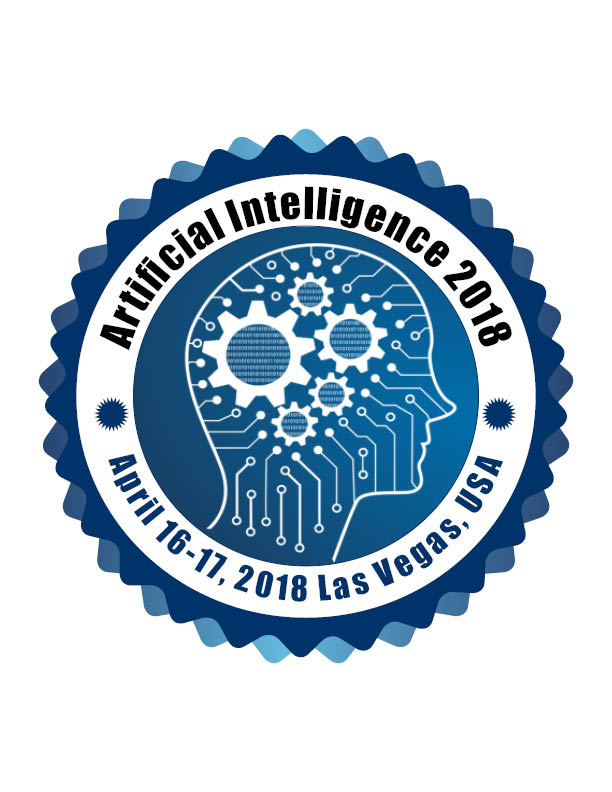
Richard Satava
University of Washington, USA
Title: Future of Healthcare: Surgical robotics and the fifth generation-non-invasive procedures
Biography
Biography: Richard Satava
Abstract
Non-healthcare industries have used a wide spectrum of robotic and energy-based systems for literally all different purposes, from manufacturing to artist creations, whereas only a small portion of these commercially available systems have been exploited by physicians. Although many of the technologies are large and sophisticated image-guided systems, numerous other technologies are small, hand-held portable systems. Thus, the operating room or procedure room of the future may well need to be reconfigured for some of the larger systems, enabling new forms of non-invasive therapies; on the other hand, many other time-honored procedures will be performed as outpatient or office procedures with small, hand-held devices. Although the military (DARPA) has demonstrated a prototype robotic surgical system for the battlefield, it has yet to complete development. An important area in robotics that has not been exploited by surgery is the area of automation. The great majority (of the few existing) surgical robots are actually single location-based tele-operated systems, with virtually no automation. Even the initial success in true remote tele-surgery has been discontinued. There are opportunities in the area of control motion and feedback that could revolutionize surgical robotics – such as developing ‘virtual fixtures’ (constraints) or automating simple tasks like suturing. Surgical robotics is in their infancy. Even as this fourth revolution in surgery in 25 years (robotic surgery) is gaining in popularity, a much more disruptive change is beginning with the next revolution: Directed Energy Surgery. While surgeons have been investigating a few different types of energy for decades, including success with some forms such as lithotripsy, photonics, high-intensity focused ultrasound (HIFU), etc., these pioneering techniques are but the tip of the iceberg that heralds the transition to non-invasive surgery. Such systems are based upon the premise which robotics and automation can bring – precision, speed and reliability, especially as surgery ‘descends’ into operating at the cellular and molecular level. Richard Feynman was right – this is “room at the bottom”!

